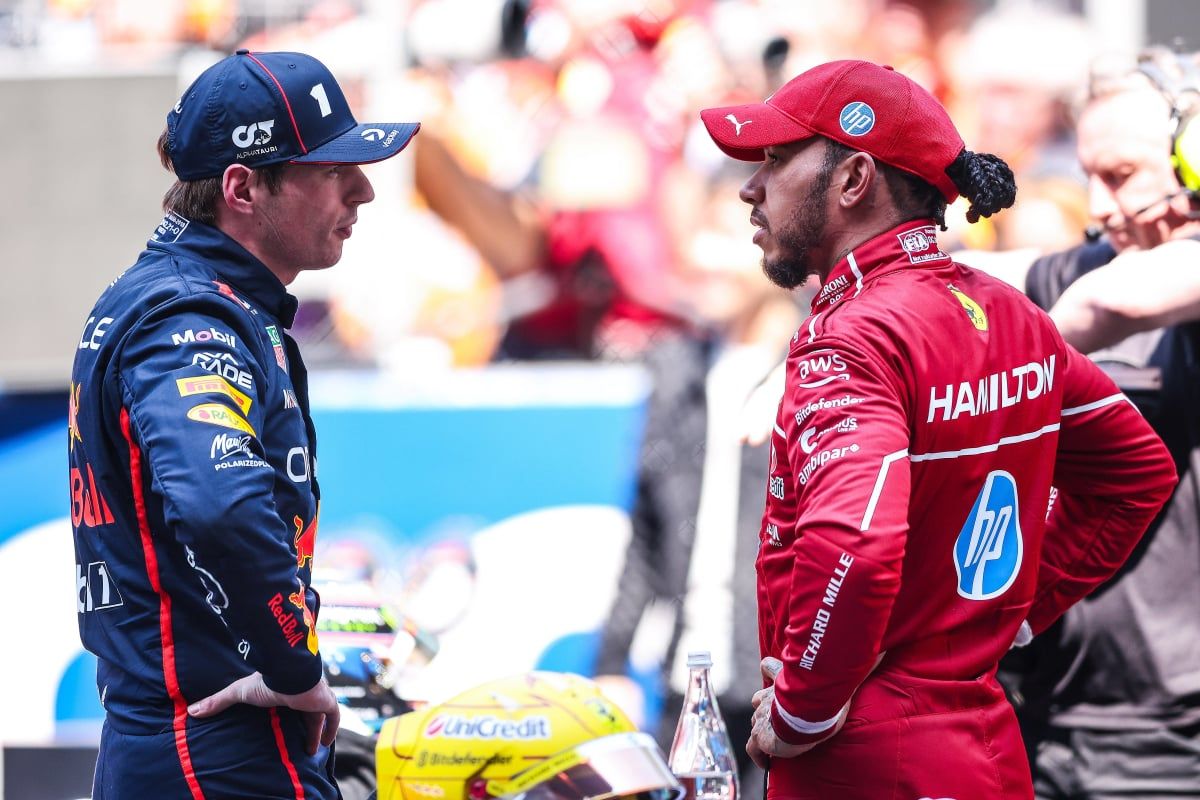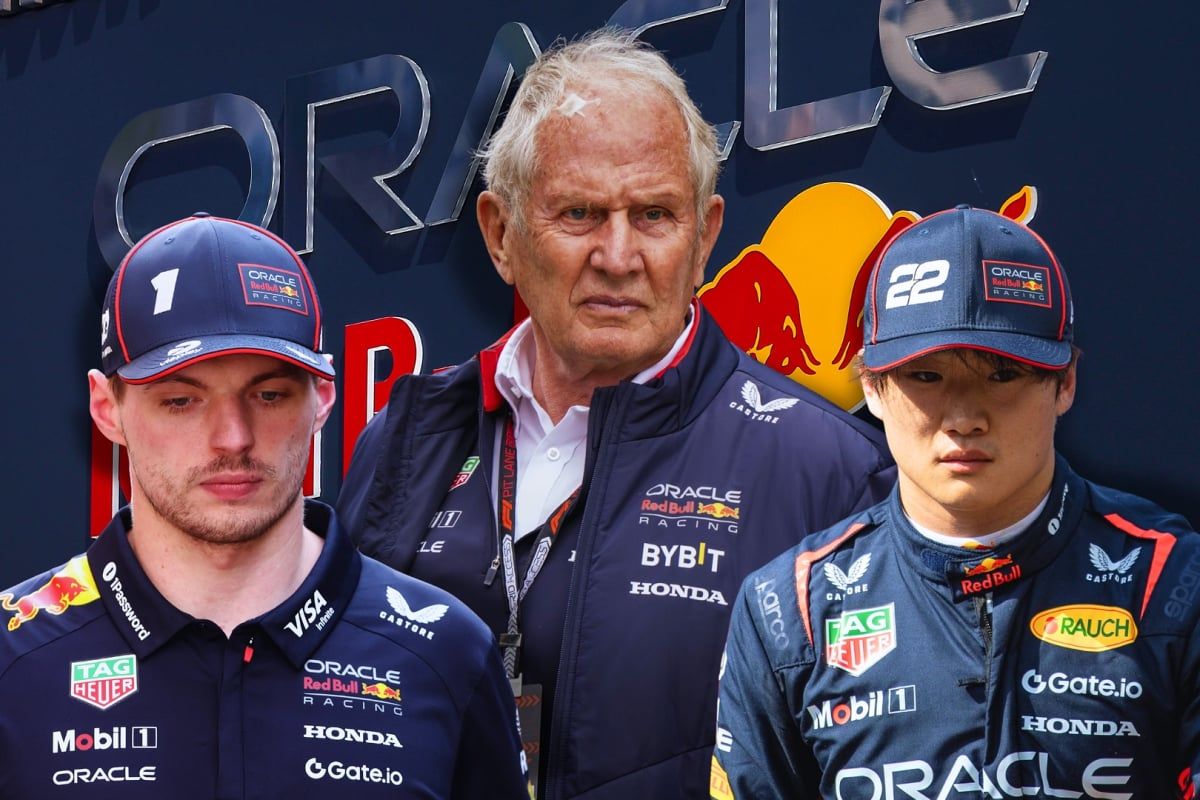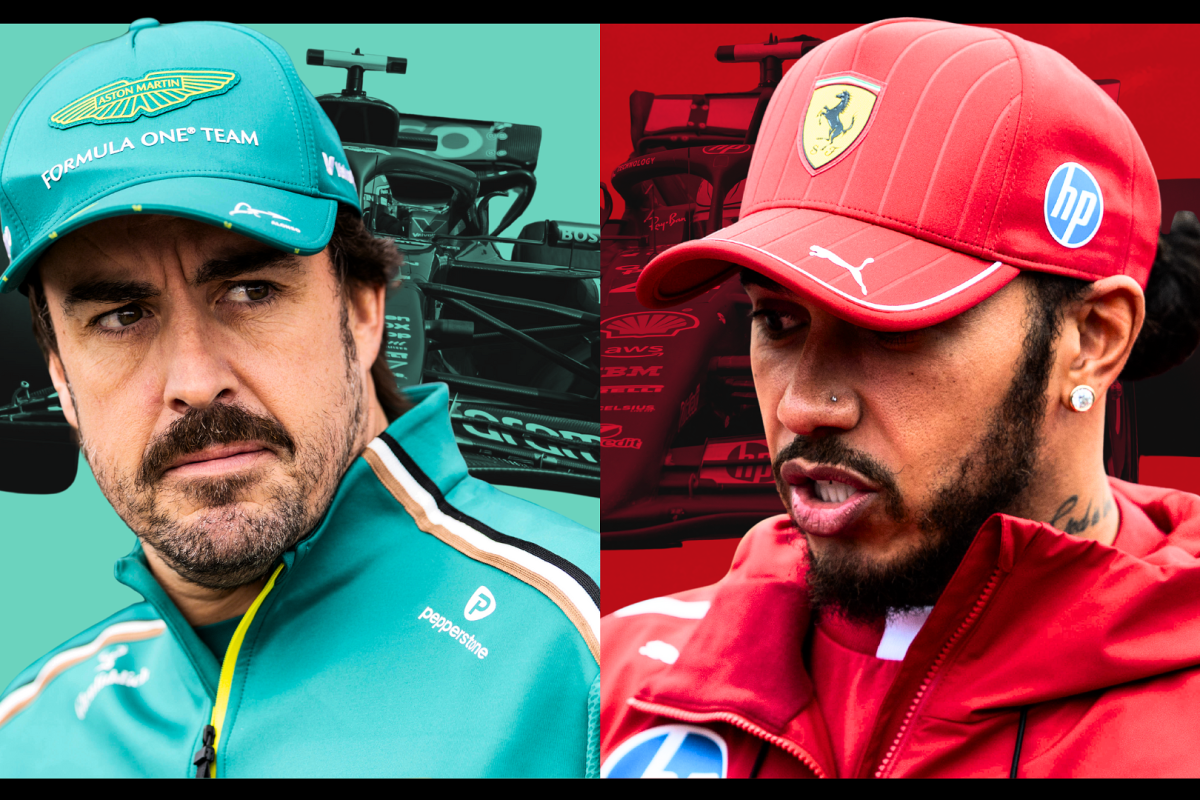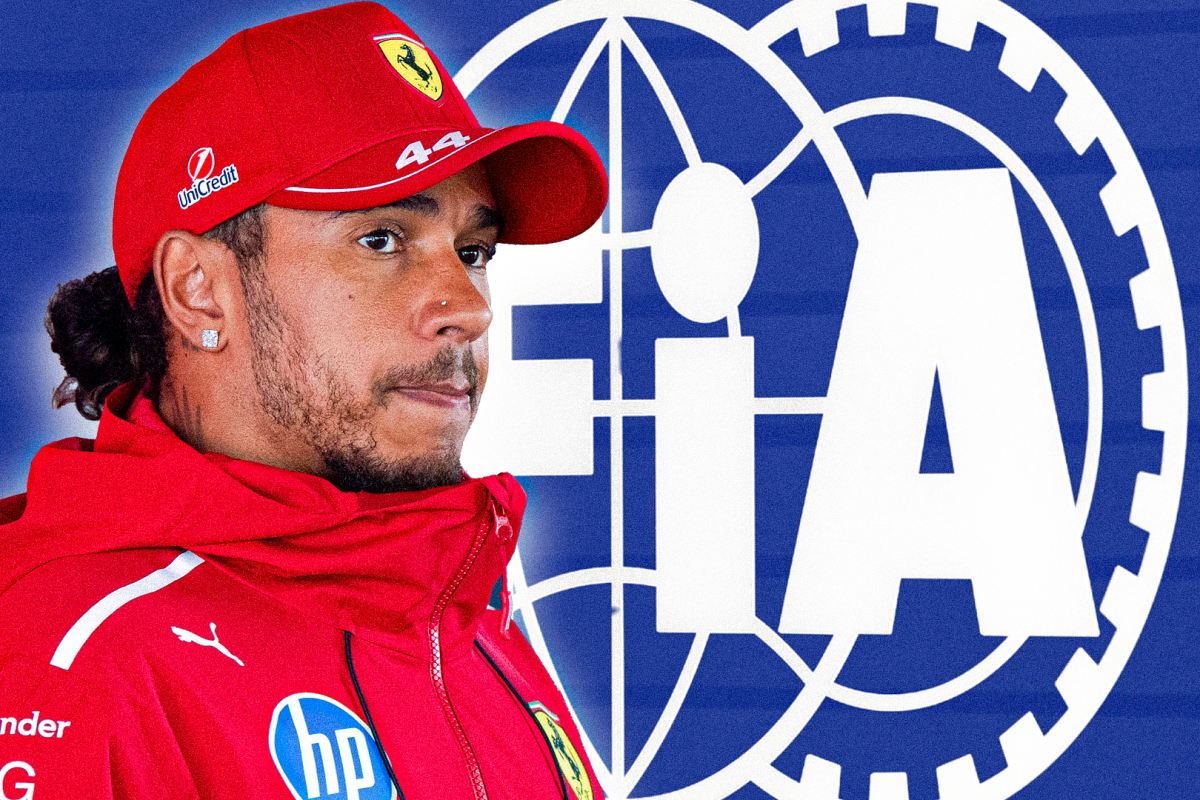Piastri’s Silverstone Penalty: A Controversial Call Amidst a T… read more
Oscar Piastri’s British Grand Prix ended not with a flourish, but with a five-second time penalty, a decision that sparked considerable debate amongst fans and pundits alike. The penalty, applied post-race, relegated the McLaren driver from a respectable ninth place to twelfth, further complicating his already challenging inaugural Formula 1 season. The incident in question involved a multi-car tussle during a late-race safety car restart, showcasing the intense pressure and razor-thin margins that characterize the sport at the highest level.
The incident unfolded on lap 48 of the 52-lap race at Silverstone. Following a safety car period triggered by a collision involving several other drivers, the pack bunched up for a dramatic restart. Piastri, piloting his McLaren MCL60, found himself battling several other competitors for position in the midfield. The crucial moment arose as the cars accelerated out of the final corner, Copse, onto the Wellington Straight. Piastri, attempting to gain ground, appeared to move slightly to the left, forcing Sergio Pérez’s Red Bull to take evasive action and consequently dropping several positions. The stewards deemed Piastri’s move, though not overtly aggressive, to be unsafe, citing a breach of Article 15.2 of the FIA International Sporting Code which pertains to driving standards and causing a collision.
The stewards’ report detailed the incident meticulously, presenting video evidence and telemetry data to support their decision. They determined that Piastri’s car movement caused Pérez to react sharply, a manoeuvre judged to be a necessary but ultimately position-costing response to avoid contact. While there was no direct contact between the two cars, the stewards emphasized that the potential for a collision was significant enough to warrant a penalty. The argument centered around the interpretation of “unsafe” driving. Piastri’s defenders contended that his move was a racing incident, a hard but fair attempt at gaining a position within the tight confines of the pack. They argued that Pérez had ample time and space to react, and that Piastri hadn’t acted recklessly or with malicious intent. The stewards, however, seemingly interpreted the incident differently, placing a stronger emphasis on the potential consequences of Piastri’s actions, rather than solely on the lack of actual contact.
The decision sparked a flurry of reactions across the F1 community. Many fans voiced their displeasure online, arguing that the penalty was overly harsh and disproportionate to the severity of the incident. They highlighted the competitive nature of F1 racing and suggested that such minor incidents were commonplace during the intense battles for position, particularly during restarts. Others, however, supported the stewards’ decision, arguing that it was crucial to uphold the standards of safety, even if it meant penalizing a driver for a manoeuvre that lacked direct physical contact. This highlighted the inherent subjectivity in interpreting driving standards, and the difficult task faced by the stewards in making such calls under intense pressure and scrutiny.
The penalty’s impact on Piastri’s season is notable. While he had already faced challenges adapting to Formula 1, scoring only a single point thus far in 2023, the Silverstone penalty further hindered his progression. The loss of seven points (the difference between ninth and twelfth place) is a significant blow in the context of a highly competitive midfield battle. It also underscores the importance of avoiding even borderline incidents, as the stewards’ interpretations and the potential for post-race penalties can significantly impact a driver’s championship aspirations.
The incident at Silverstone serves as a potent reminder of the complexity of officiating in Formula 1. The debate surrounding Piastri’s penalty highlights the subjective nature of judgement in interpreting racing incidents and the continuous tension between promoting aggressive but fair racing and ensuring driver safety. The incident also underscores the intense pressure placed upon young drivers like Piastri, who must navigate the intricate web of rules and expectations within the high-stakes environment of Formula 1. The outcome, though controversial, sets a precedent for future incidents, emphasizing the need for clear and consistent application of the rules to ensure fairness and maintain a high standard of racing. Ultimately, Piastri’s penalty at Silverstone will remain a point of discussion and analysis, contributing to the ongoing debate regarding driving standards and the complexities of officiating in Formula 1.




